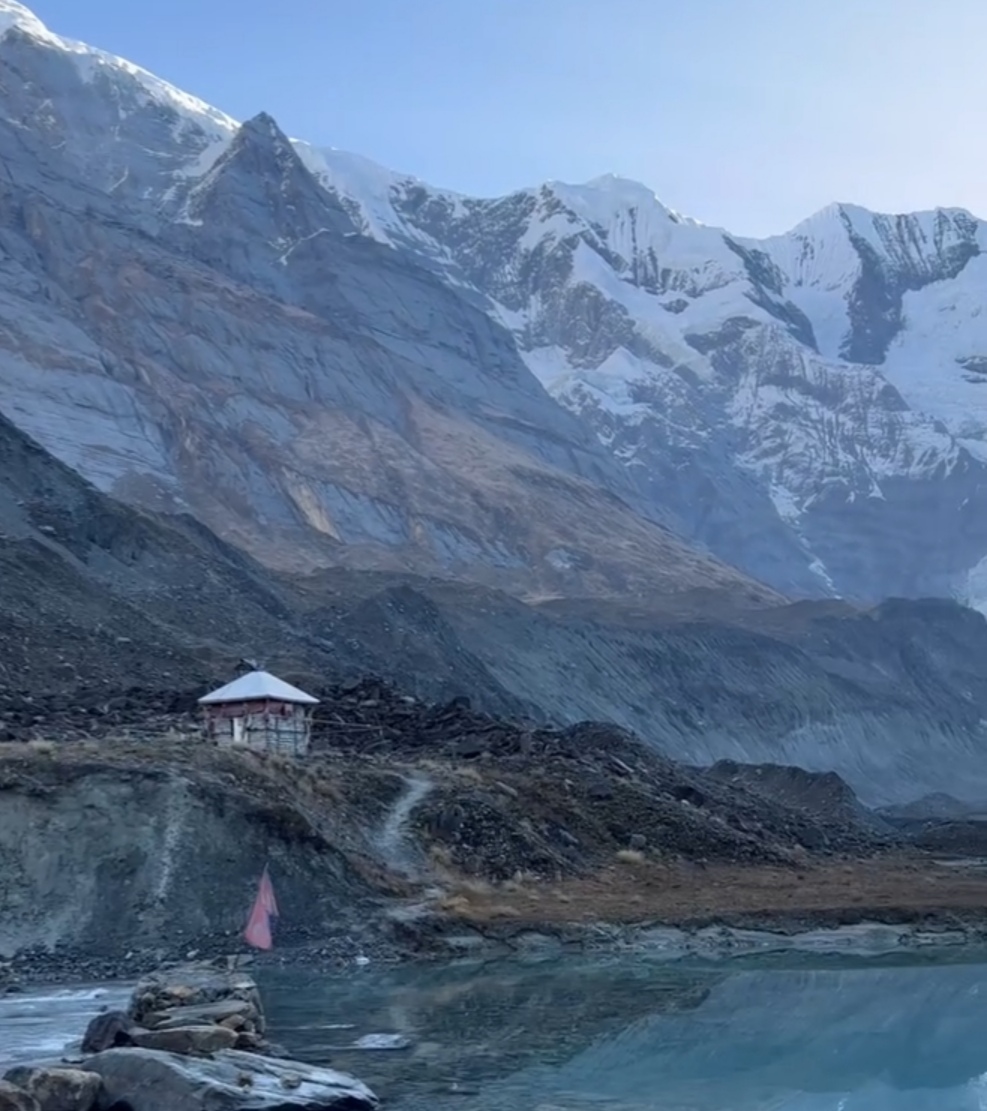Annapurna Base Camp (ABC) has witnessed a surge in domestic tourism, with approximately 5,000 visitors exploring the iconic destination during the Dashain-Tihar festival season, according to Lok Bahadur Phagami, Ward Chairman of Annapurna Rural Municipality-4. The site has gained significant popularity among adventure enthusiasts, offering a unique blend of natural beauty, cultural heritage, and accessibility. The Maurice Herzog Trail, named after the legendary French climber who first scaled Annapurna, has been a focal point for development. Efforts are underway to enhance facilities along the trail, including suspension bridges, communication networks, electricity, and tourist checkpoints. This infrastructure development aims to further promote Annapurna as a sustainable and accessible trekking destination.
The Maurice Herzog Trail, named after the legendary French climber who first scaled Annapurna, has been a focal point for development. Efforts are underway to enhance facilities along the trail, including suspension bridges, communication networks, electricity, and tourist checkpoints. This infrastructure development aims to further promote Annapurna as a sustainable and accessible trekking destination.
A Trail of Natural Wonders
The journey to Annapurna Base Camp is a visual feast, featuring the pristine Mistri River, towering waterfalls, captivating Himalayan ranges, and a variety of rare flora and fauna. A key highlight of the base camp is the stunning blue Panchakunda Lake, nestled at the foot of Annapurna Himal, which has become a major draw for visitors.
In addition to its natural allure, the base camp offers a compact three-day trekking experience, making it an ideal choice for time-constrained travelers. The trail, extending 20 kilometers from Narachyang to Humkhola by road and another 22 kilometers of trekking to the base camp, provides a seamless blend of adventure and serenity.
Historical Significance of the Trail
The Maurice Herzog Trail retraces the path used by Herzog's team during their historic ascent of Annapurna. In 2068 BS (2011 AD), Tej Gurung of Narachyang led efforts to establish the route's historical and geographical significance, confirming that the Annapurna Base Camp lies within Myagdi district. Since then, Annapurna Rural Municipality has officially named the trail in Herzog's honor.
Boosting Tourism and Local Development
The growing influx of tourists to Annapurna Base Camp not only highlights its appeal as a trekking destination but also emphasizes the need for sustainable tourism practices. Local authorities are committed to expanding infrastructure and ensuring that the natural and cultural heritage of the region is preserved for future generations.
As Nepal continues to promote domestic tourism, Annapurna Base Camp stands out as a shining example of the country's immense potential to offer world-class trekking experiences.